Angie's List and NextDoor's Favorite: 2017 -2024
New Title
We’ve all been there. It's a hot summer day and, feeling parched, and there's nothing more refreshing than a nice glass of cool water. This water looks clean and inviting, so you go ahead and take a sip without giving it a second thought — But even if the water looks clean, it could contain harmful bacteria that could make you ill. Having access to safe drinking water isn't always guaranteed, so it’s important to take precautions before you take a sip.
The Centers for Disease Control and Prevention (CDC) reports that each year, more than 7 million Americans become ill due to waterborne pathogens, such as coliform bacteria which is often found in private water wells. Here we will discuss coliform in your well water, including its definition, how it contaminates well water, typical indicators of its presence, and possible health hazards, if you have any concerns.
So, what is coliform bacteria?
This is a piece of information that is essential for everyone. It is a prevalent substance that exists in almost every place, including soil, organic matter, human and animal excrement, as well as well water. There are three distinct groups of coliform bacteria, each with its own level of risk.
- Total coliform bacteria are the most commonly found in nature and typically pose no direct threat to humans or animals.
- Fecal coliform bacteria are a sub-group of total coliform bacteria. They appear in great quantities in the intestines and feces of people and animals.
- Coli bacteria are a type of fecal coliform. These are the most dangerous type of coliform bacteria and can cause severe illnesses if ingested. If E. coli is found in your drinking water, it typically means that your water source has been contaminated with fecal matter.
How does coliform bacteria get into the well water?
Rainwater can pick up harmful contaminants, including coliform bacteria, from the ground and soil. These pollutants are then transported by the water into surface water sources like rivers and reservoirs, and ultimately into underground aquifers that supply the water in your well.
The following are sources of coliforms found in the environment:
- Runoff of pastures and feedlots: If livestock grazes near your well or if it's located near a livestock facility, rainwater can wash fecal matter containing coliform into the nearby wells.
- Wild or domestic animal waste: If wild animals defecate close to a well, it can contaminate the water with coliform bacteria. This is because the contaminated runoff can seep into the ground and spread to nearby wells.
- Poorly maintained septic systems: If septic systems are not well maintained, the untreated or partially treated wastewater can seep into the ground and contaminate the nearby wells. These systems are created to treat wastewater generated by buildings and homes.
Here's how coliform bacteria ends up in the well water.
- Unscreened vents or entry points: It is possible that when your well was built, screens were installed to block insects and small animals from entering through the entry points and vents. However, over time these screens may become damaged, which could allow coliform bacteria and other unwanted visitors inside the well.
- Unsealed well components: Occasionally, floods caused by Mother Nature can be a problem. If the seal on your well is not working properly, floodwater can easily enter and pollute your well water with harmful bacteria.
- A new well not disinfected: During the drilling process, coliform bacteria can enter a new well because the soil can be disrupted and create openings that allow bacteria to enter.
- Drinking water pipes connected to non-drinking water sources: Coliform bacteria may enter the well water through various means like wastewater, laundry sinks, or garden hoses. A garden hose attached to a well water spigot can let bacteria and chemicals flow into the well water unless there is a feature that prevents this. In the same way, a connection between the well water and a wastewater line could allow wastewater to enter into the well water supply.
Signs coliform bacteria is in the well water.
- A foul or unusual smell
- Discoloration
- Cloudy water
- Unusual taste
- Unexplained illness
Is it safe to drink well water with coliform bacteria?
Most coliform bacteria are harmless and don't cause any health issues. They are tasteless and odorless, making it difficult to detect their presence. However, if coliform bacteria that can cause illness enter our drinking water, we may experience symptoms such as:
- Fever
- Diarrhea
- Stomach cramps
- Nausea
- Vomiting
- Fatigue
- Headaches
Different members of your household may react differently to these bacteria. Children and elderly people usually experience more severe symptoms and even life-threatening health problems compared to the average adult.
To ensure the safety of drinking water, the Environmental Protection Agency (EPA) recommends a total coliform limit of zero. If you rely on a private well for your water supply, it is suggested to regularly test for contaminants. Many local health or environmental departments offer free water testing services, or you can reach out to your local county extension agent for help. Water test kits can also be purchased online to have your water tested by a certified laboratory.
What if my well water tested positive? What do I do now?
Having coliform bacteria in well water does not guarantee that you will become ill. However, there is a possibility that your water may contain other dangerous bacteria. To solve the issue, you should take the following measures:
- Retest your water. In case the second test shows positive results for coliform bacteria, it is recommended to consult a licensed well contractor to identify the exact source of contamination and receive guidance on how to handle it.
- Maintain the well. Make sure you maintain cleanliness around the well and avoid any debris to prevent the seepage of pollutants or chemicals into the water source. If you observe any changes in the taste, color, or odor of the water, test it without delay. Also, consider having your well professionally inspected every few years to ensure it's functioning properly and not vulnerable to contamination.
- Shock Chlorination: If a well gets flooded, it may contain coliform bacteria that can be harmful. To disinfect it, you can use shock chlorination, which involves adding a high concentration of chlorine to the water for a short time. It is recommended to hire a professional to conduct shock chlorination and then have the water tested for coliform bacteria within 10 to 14 days. Additionally, it's suggested to conduct another test after a few months. If the initial shock chlorination does not effectively disinfect the water, you may want to think about utilizing a chemical injection system. This system will continuously introduce chlorine solutions or dry powder ahead of a storage tank for ongoing water disinfection.
- Install a UV Water Purification System. Ultraviolet light has numerous applications. In this case, a UV system is utilized to generate ultraviolet light which enters the cell walls of bacteria. As a result, the bacteria's DNA is disrupted, effectively preventing any further replication. The process of sterilization makes it unable to cause harm. Nonetheless, it's important to note that UV systems cannot effectively eliminate contaminants such as chemicals and heavy metals.
Boiling water for a minute is the best way to ensure it is clean. This method kills any bacteria in the water, which makes it safe to consume. However, it is important to note that boiling water can be time-consuming, and here at Duncan Plumbing we offer several water filter options for whole-home water filtration. We at Duncan Plumbing Solutions understand the importance of providing your family with clean, safe drinking water. All of our water filters are designed to remove impurities and contaminants from your tap water. Our whole house water filters use a multi-stage filtration process to effectively remove and reduce up to 99% of contaminants, including chemicals, heavy metals, and other contaminants and impurities. Our premium-quality water filters also help improve the taste and odor of your water.
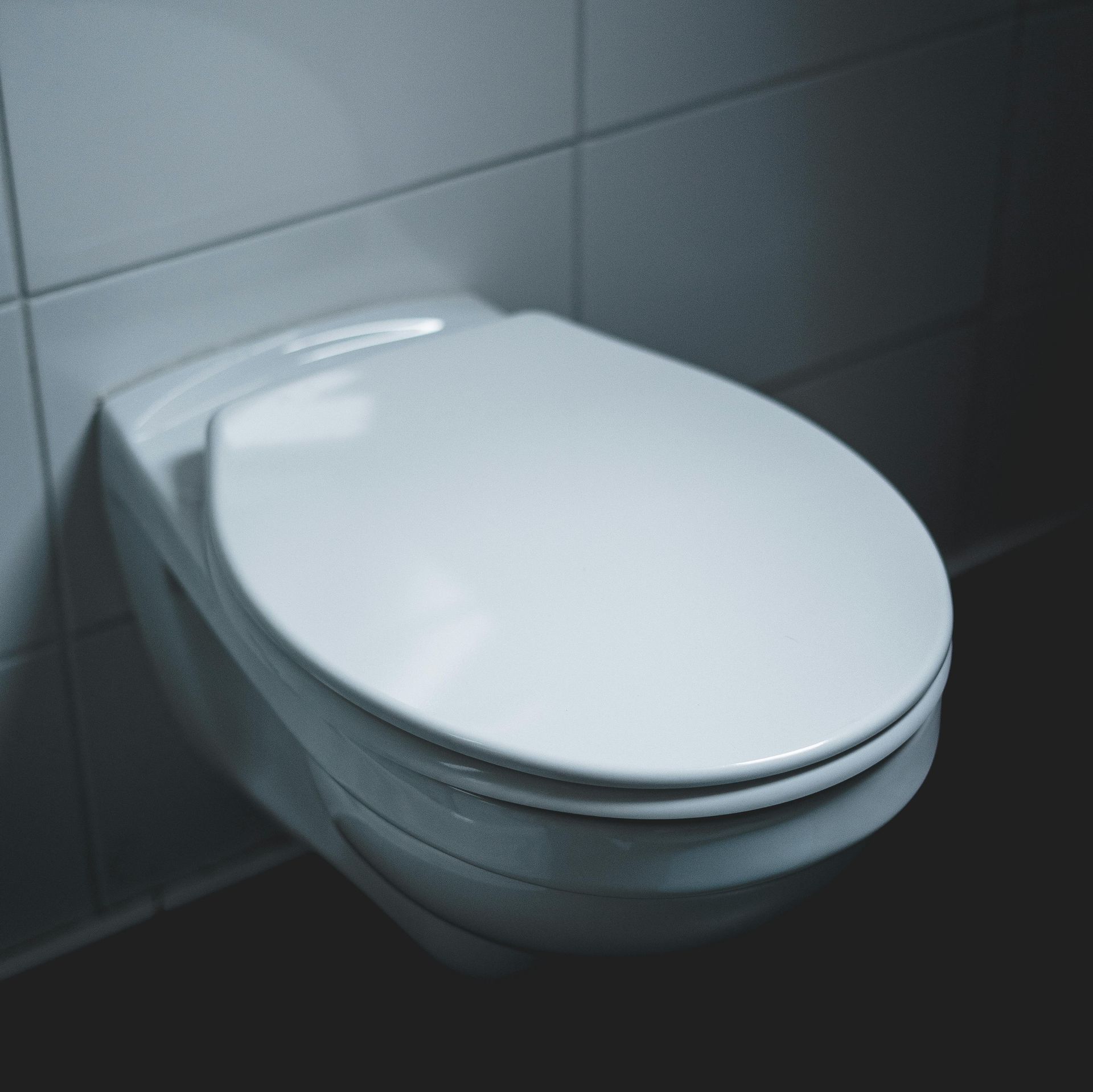
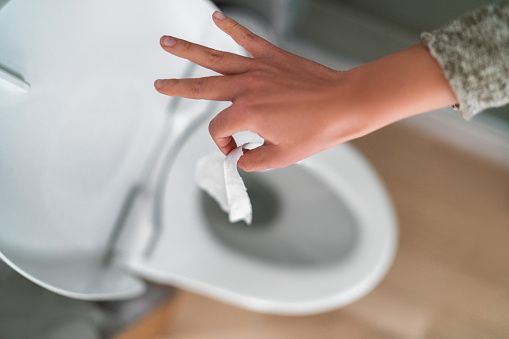
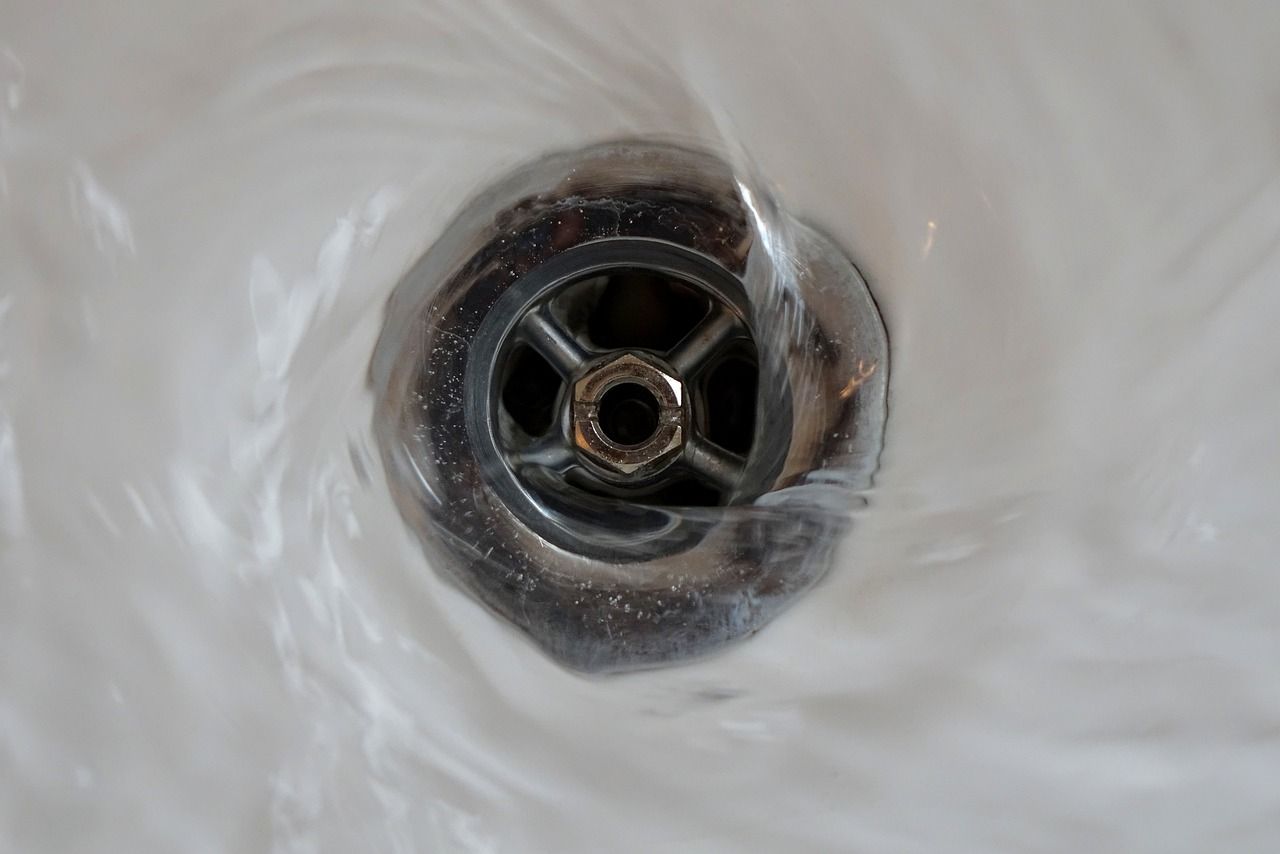
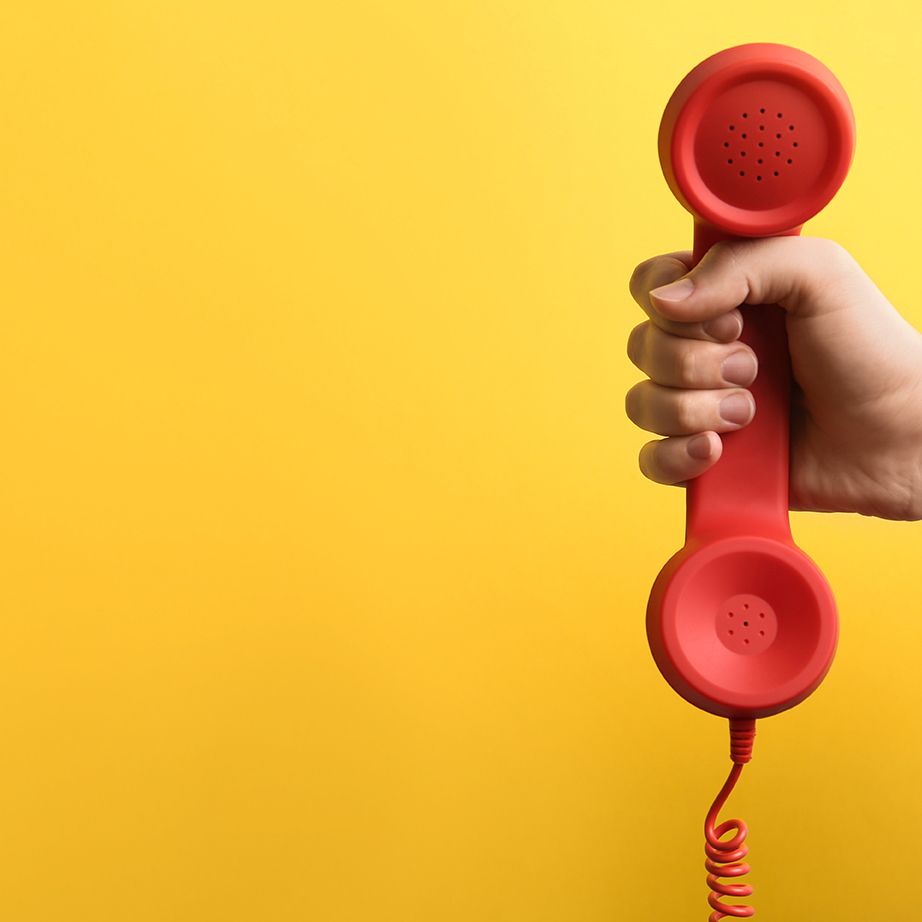
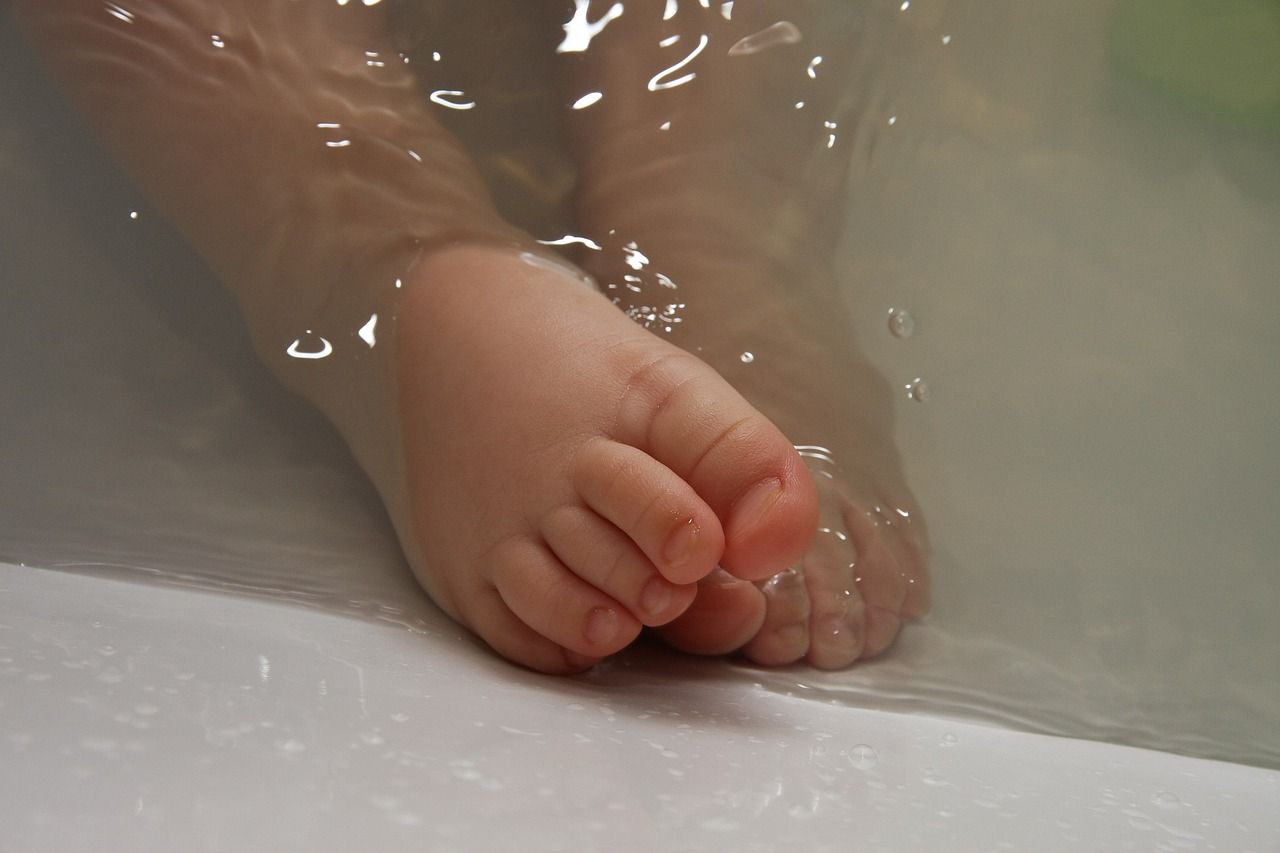

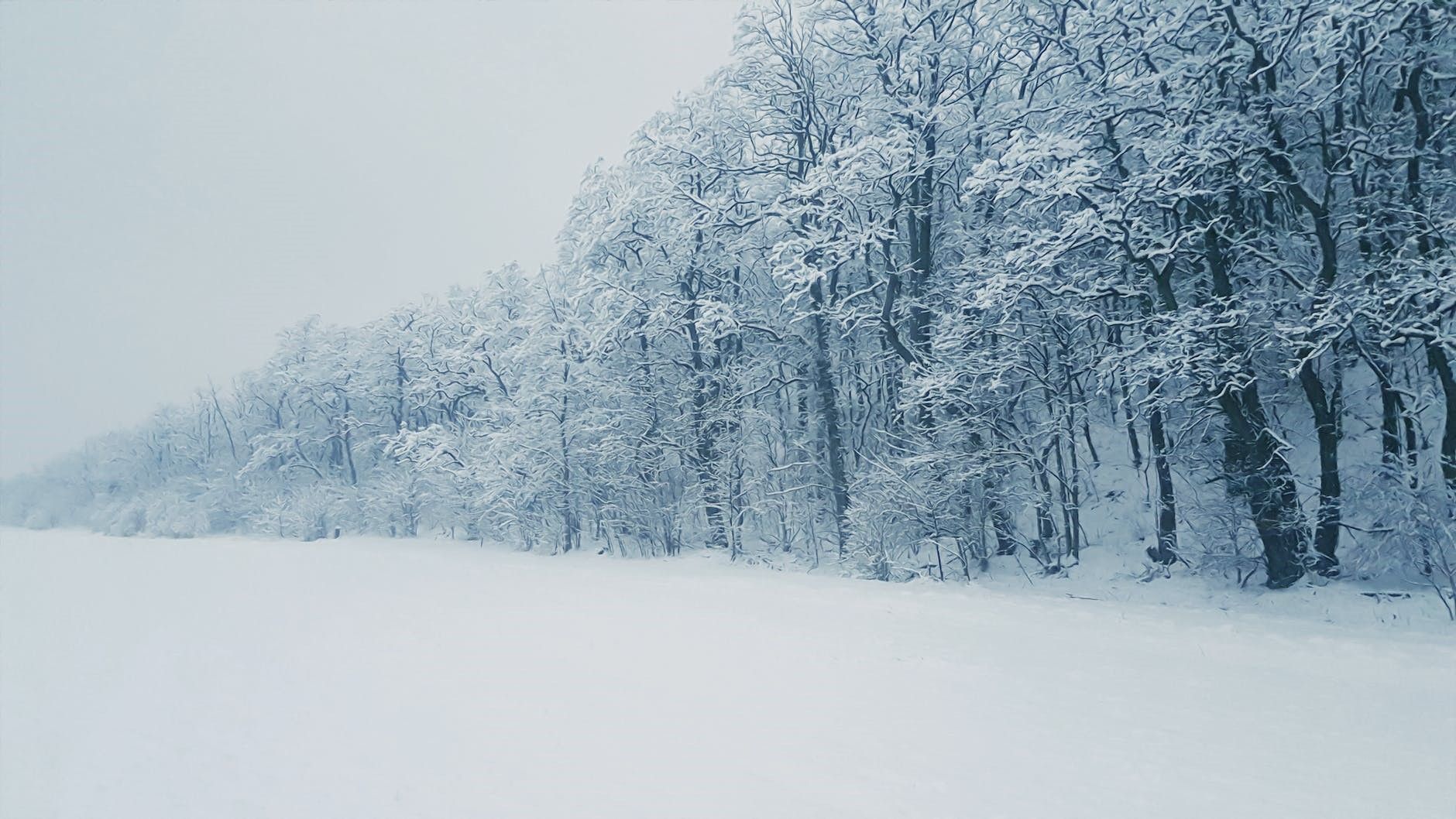
SERVING
and Surrounding Areas

HOURS
Hours:

CONTACT US
Master License # M-39624
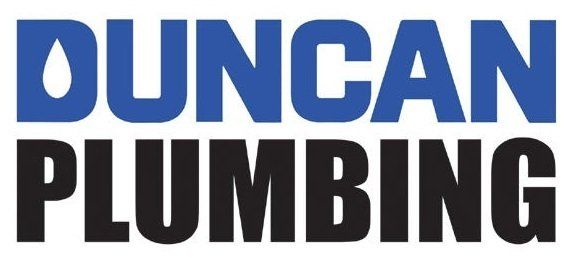


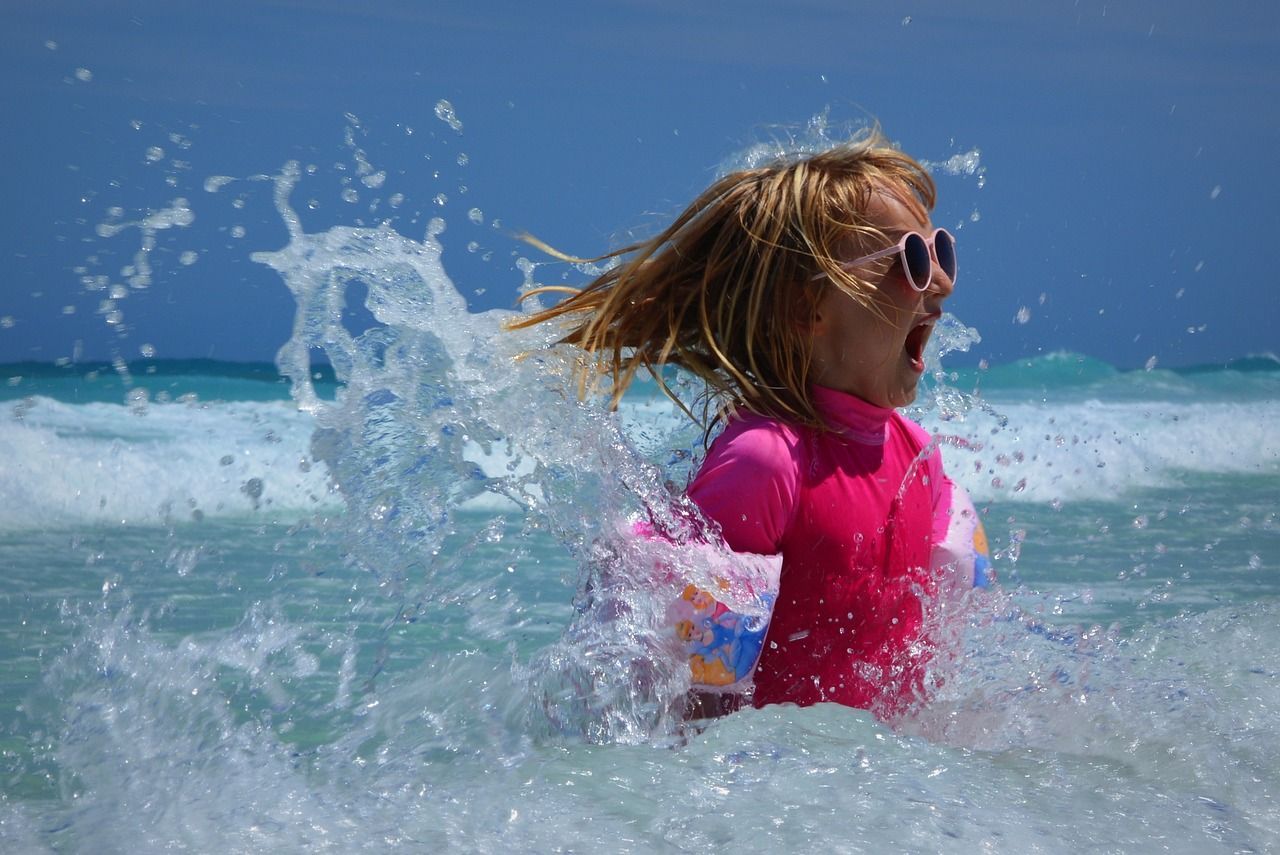


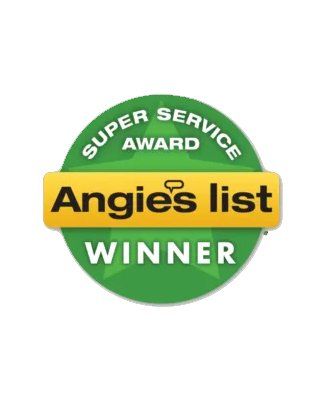
















Share On: